In August 2023, the number of persons receiving a monthly salary increased by 4.0% compared to the corresponding period of 2022 and by 6.1% compared to the corresponding period of 2021.
In August 2023, the share of persons receiving a monthly salary up to 600 GEL amounted to 19.1%, which was 4.1 percentage points less than the corresponding period of 2022, and 8.5 percentage points lower than the corresponding period of 2021.

In August 2023, the share of persons receiving a monthly salary of 2,400 GEL and more amounted to 24.0%, which was 4.4 percentage points more compared to the corresponding period of 2022, and 8.3 percentage points higher than the corresponding period of 2021.
In August 2023, the share of persons receiving a monthly salary of 9,600 GEL and more amounted to 2.1%, which was 0.4 percentage points more compared to the corresponding period of 2022, and 0.8 percentage points higher than the corresponding period of 2021.

In 2023, from March to August, the total number of vacancies published on jobs.ge amounted to 44,059, which was 10.2% higher compared to the corresponding period of 2022.
In August 2023, compared to July 2023, the total number of vacancies published on jobs.ge increased by 1.5%.
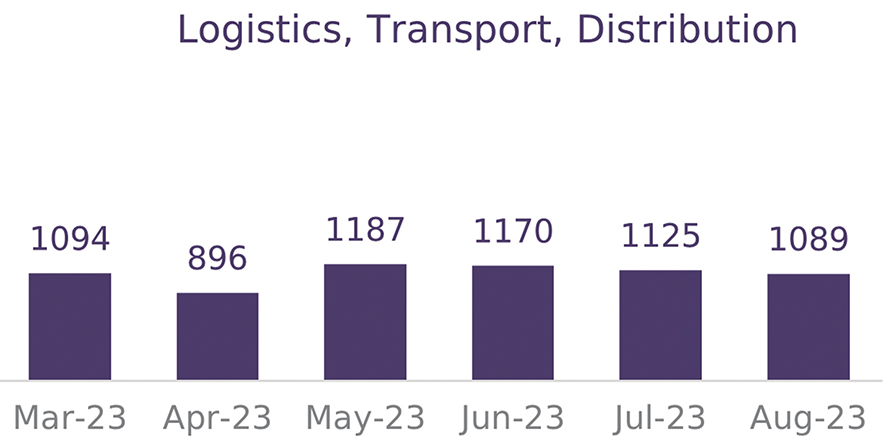
In 2023, from March to August, a total of 8,048 vacancies were published in the field of finance, statistics, which was 37.5% higher than the corresponding period of 2022 and 90.9% higher compared to the corresponding period of 2021.
In 2023, from March to August, a total of 11,312 vacancies were published in sales, procurement, which was 2.1% lower compared to the corresponding period of 2022 and 62.2% higher compared to the corresponding period of 2021.
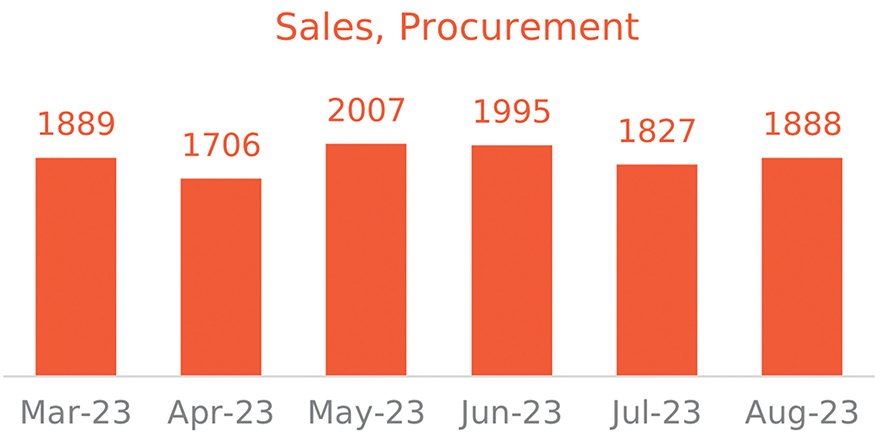
In 2023, from March to August, a total of 10,337 vacancies were published under administration, management, which was 26.0% higher compared to the corresponding period of 2022, and 66.5% higher compared to the corresponding period of 2021.
According to the Beveridge curve , the Georgian economy was undergoing a phase of expansion in the pre-pandemic period (Q1 2018 to Q4 2019), with a decreasing unemployment rate and an increasing job openings rate, i.e., with rising tightness on the labor market.

According to the Beveridge curve, the Georgian economy went into a recession phase in the pandemic period (Q1 2020 – Q4 2020) with an increasing unemployment rate and decreasing job openings rate.
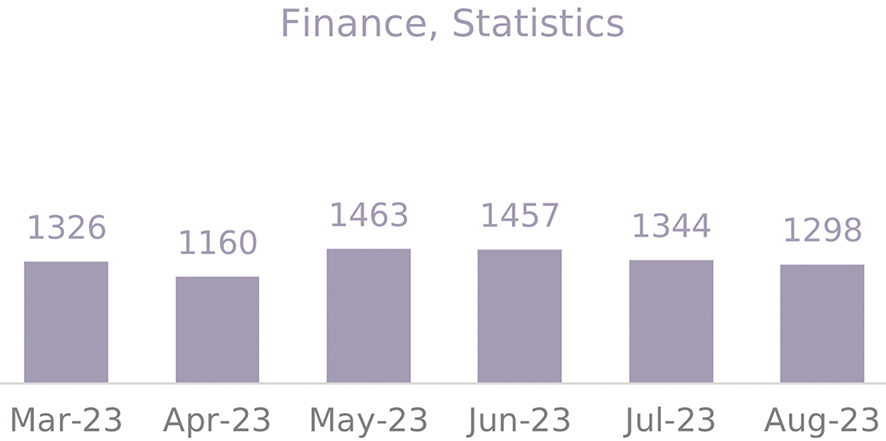
The Beveridge curve shifted outwards from its origin as the COVID-19 restrictions were gradually lifted in Q1 2021. In this period, employers’ expectations increased, which resulted in a higher job openings rate, though unemployment remained nearly the same. This shift points to a decrease in efficiency in the labor market. It is worth mentioning that the Beveridge curve shifted outwards again in Q2 2021 indicating a further decline in the labor market efficiency.
In the period of Q3 2021 – Q2 2022, the Georgian economy returned to a phase of expansion while the labor market tightness started to mount with the decreasing unemployment rate and the increasing job openings rate but at a lower efficiency level compared to its pre-pandemic state.
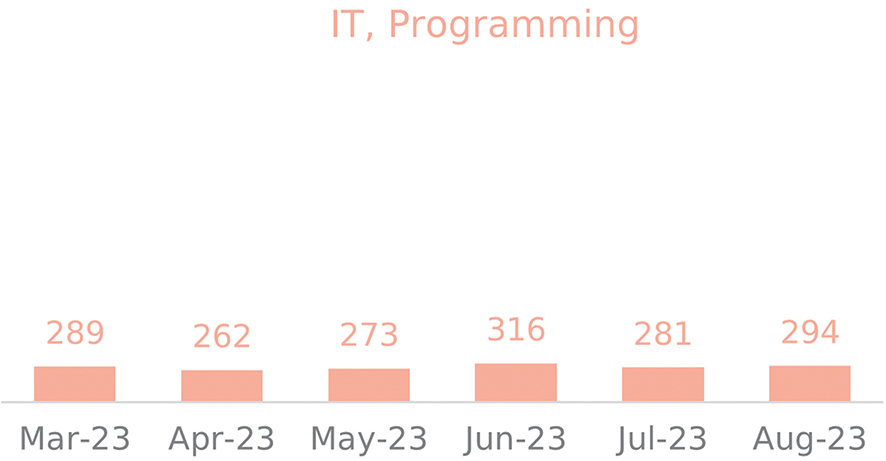
Going by estimates, the Beveridge curve might have shifted once again in Q3 2022 – this time towards the origin since the unemployment rate decreased sharply and the job openings rate increased slightly, perhaps indicating a move of the labor market efficiency towards its pre-pandemic level but not there yet. However, to draw final conclusions, it is necessary to observe further changes in the labor market.
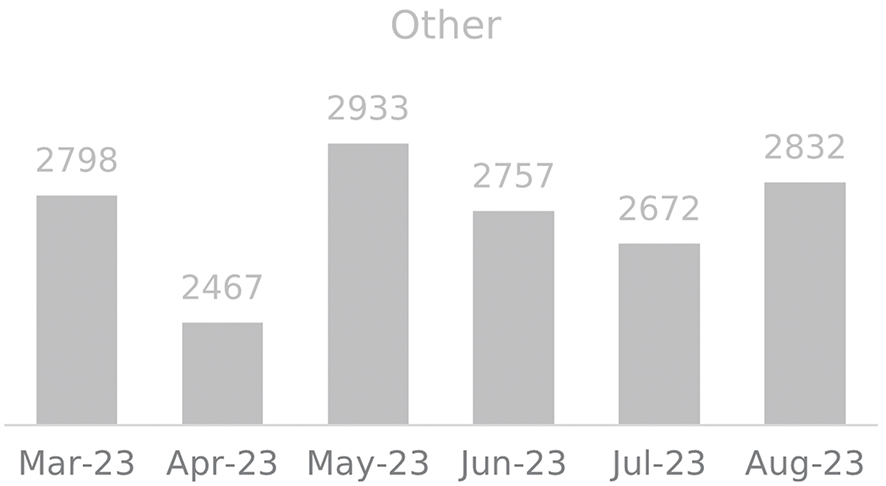
According to the Beveridge curve, in Q1 2023, compared to Q4 2022, the efficiency of the labor market decreased – the unemployment rate and the job openings rate increased, bringing the labor market back to the previous efficiency level observed in Q3 2022.
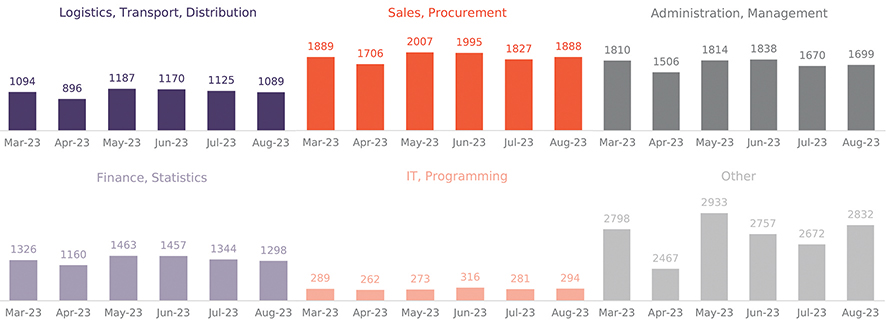
According to the Beveridge curve, in Q2 2023, the efficiency of the labor market increased, compared to Q1 2023, as the unemployment rate decreased, and the job openings rate fell, indicating further movement towards the pre-pandemic efficiency level.
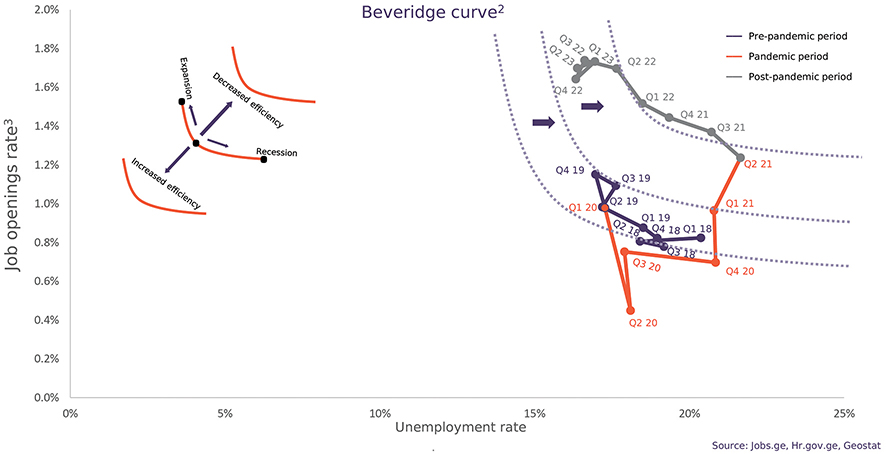
To sum up, the labor market efficiency is still lagging behind its pre-pandemic level, which could be attributed to different factors, including the flow of personnel to adjacent sectors due to changes in the country’s economic structure, labor force migration, and increased wage expectations of job-seekers.













